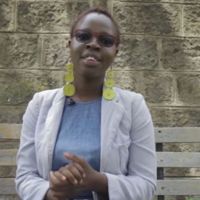
Sophie
At the age of 13, Sophie was forced to work as a domestic slave, deprived of sleep and beaten. She endured months of abuse at the hands of relatives who had tricked her parents. She suffered for over a year before being rescued. Sophie was helped through the recovery process by HAART Kenya. There are thousands of women and children trafficked from and through Kenya every year.
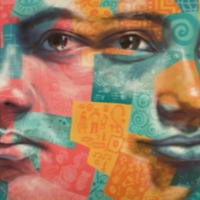
Manisha
The UK National Crime Agency estimates 3,309 potential victims of human trafficking came into contact with the State or an NGO in 2014. The latest government statistics derived from the UK National Referral Mechanism in 2014 reveal 2,340 potential victims of trafficking from 96 countries of origin, of whom 61 percent were female and 29 percent were children. Of those identified through the NRM, the majority were adults classified as victims of sexual exploitation followed by adults exploited in the domestic service sector and other types of labour exploitation. The largest proportion of victims was from Albania, followed by Nigeria, Vietnam, Romania and Slovakia. After being rescued from her abusive Aunt by police, "Manisha" was granted positive conclusive grounds (identified as trafficked) and resettled in supported housing in the UK.
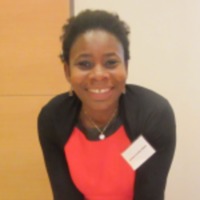
Henriette (Narrative 2)
In France, there is a pervasive problem of women and children being subjected to domestic servitude, mostly in cases in which families exploit relatives brought from Africa to work in their households. Trafficking networks have expanded to operate in large towns outside of Paris, including Lille, Marseille, Chartres, Toulouse, and Nice.
Henriette Siliadin became an enslaved domestic worker after her arrival in France at the age of 14. She was eventually helped by the Comité contre l’esclavage moderne (CCEM) (Committee against Modern Slavery), which works with victims of domestic slavery and forced labour in France.
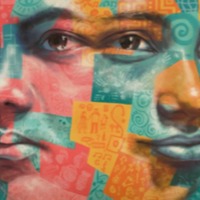
Agnès
In France, women and children are being subjected to domestic servitude, in cases in which families exploit relatives brought from Africa to work in their households. Trafficking networks have expanded to operate in large towns outside of Paris, including Lille, Marseille, Chartres, Toulouse, and Nice. "Agnès" arrived as an orphan to study in France but instead of education she was forced to work long hours without pay or contract. She eventually escaped with the help of neighbours.
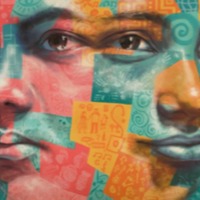
Affoué
In France, women and children are being subjected to domestic servitude, in cases in which families exploit relatives brought from Africa to work in their households. Trafficking networks have expanded to operate in large towns outside of Paris, including Lille, Marseille, Chartres, Toulouse, and Nice. Affoué was taken from the Ivory Coast and exploited for 12 years under domestic servitude in France without pay or a day off. She eventually escaped with the help of a French NGO, and now she is moving forward with her life, together with her son.
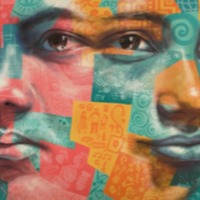
Sonya
Sonya was trafficked from Ukraine into sex slavery in Britain in 2002, and enslaved for over two years. She was freed in 2004 by police and narrated her story the same year. Sonya’s name has been changed to protect her identity. The majority of those trafficked to the UK have been identified victims of sexual exploitation, followed by adults exploited in the domestic service sector and other types of labour exploitation.
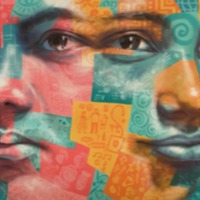
Sandeep
Sandeep was enslaved in a carpet loom in Uttar Pradesh. He was liberated by activists from Bal Vikas Ashram (BVA), an organization that liberates and rehabilitates child slaves. He was found weaving carpets, wearing only underwear, and had been forced to weave rugs for 12-15 hours a day, beginning at 6am. From BVA he received medical care, counseling, literacy training, and basic rights education.
More than 300,000 children are estimated to be trapped in India’s carpet industry in India, and there are also an estimated 500,000 children in the same industry in Pakistan. Most of India’s carpets are woven in Uttar Pradesh, where the majority of workers are low-caste Hindu boys. Some are lured into bondage by agents’ promises to their parents that they will receive good wages, and others are kidnapped. The boys are forced to work for no pay, for 10-18 hours a day, seven days a week. They are beaten, tortured, branded, kept half fed and half clad, and are usually made to sleep in the loom shed. Cuts and wounds are frequent.
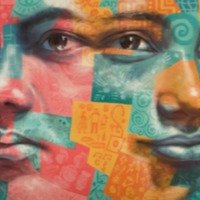
Jing
Jing was enslaved in the Philippines, sent to the nation’s capital, Manilla, to become a domestic servant and receive education, which she was not given. Later she was sexually abused and prostituted from when she was 12 years old. It was only after getting seriously ill that she was able to return home. In the Philippines, women and children are subjected to sexual exploitation in brothels, bars, and massage parlours, online, as well as in the production of pornography. The Philippines is an international hub for prostitution and commercial sex tourism – a highly profitable businesses for organised criminal syndicates. The demand for sex with children among both local and foreign men has continued to fuel child sex tourism.
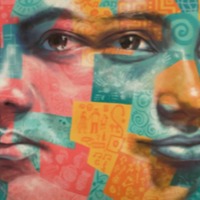
Battis
Battis was enslaved in a carpet loom in Uttar Pradesh. He was liberated by activists from Bal Vikas Ashram (BVA), an organization that liberates and rehabilitates child slaves. He was found weaving carpets, wearing only underwear, and had been forced to weave rugs for 12-15 hours a day, beginning at 6am. From BVA he received medical care, counseling, literacy training, and basic rights education. More than 300,000 children are estimated to be trapped in India’s carpet industry in India, and there are also an estimated 500,000 children in the same industry in Pakistan. Most of India’s carpets are woven in Uttar Pradesh, where the majority of workers are low-caste Hindu boys. Some are lured into bondage by agents’ promises to their parents that they will receive good wages, and others are kidnapped. The boys are forced to work for no pay, for 10-18 hours a day, seven days a week. They are beaten, tortured, branded, kept half fed and half clad, and are usually made to sleep in the loom shed. Cuts and wounds are frequent.